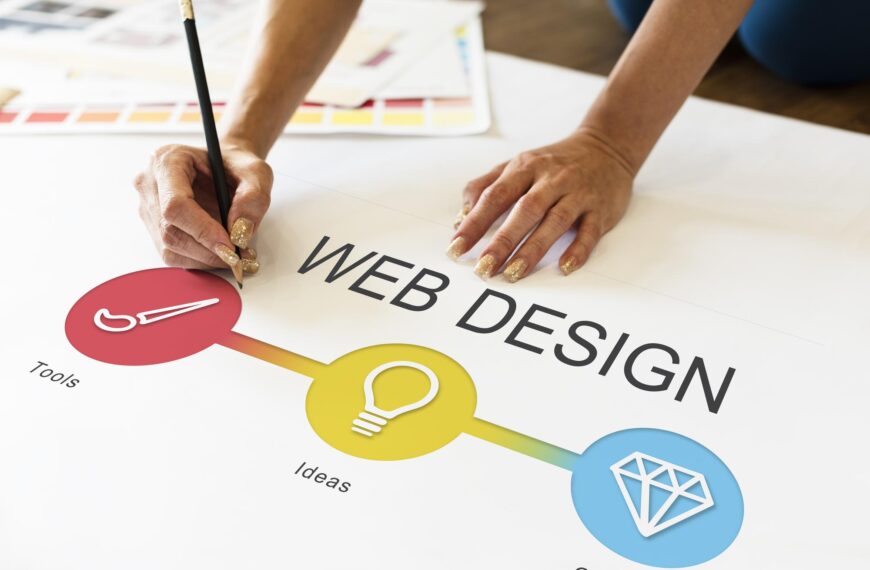The Harmony of Beauty and Usability
In today’s digital landscape, a website serves as the face of a brand. It’s not just about looking good; it’s about functioning seamlessly. The phrase “Aesthetics Meet Function” encapsulates the essence of effective web design. A visually stunning site that lacks usability can frustrate users, while a highly functional site with poor aesthetics may fail to engage them. Striking the right balance ensures that users are both attracted to and comfortable navigating your site. This synergy between form and function is crucial for retaining visitors and converting them into loyal customers.

The Importance of First Impressions
First impressions are formed within seconds. A website’s design plays a pivotal role in this initial perception. When aesthetics meet function:
- Visual Appeal: Engaging visuals capture attention.
- User Trust: Professional design fosters credibility.
- Navigation Ease: Intuitive layouts enhance user experience.
- Brand Identity: Consistent design elements reinforce brand recognition.
A harmonious blend ensures that users are not only impressed but also find the site easy to use, encouraging longer visits and interactions.
Core Principles of Functional Aesthetics
To achieve a design where aesthetics meet function, consider the following principles:
- Clarity: Ensure that design elements guide users effortlessly.
- Consistency: Maintain uniformity in fonts, colors, and layouts.
- Responsiveness: Design should adapt seamlessly to various devices.
- Accessibility: Ensure that content is accessible to all users, including those with disabilities.
By integrating these principles, designers can create websites that are both beautiful and user-friendly.
The Role of User-Centered Design
Understanding the target audience is paramount. When aesthetics meet function:
- User Research: Gather insights into user preferences and behaviors.
- Feedback Loops: Continuously refine design based on user feedback.
- Personalization: Tailor experiences to individual user needs.
A user-centered approach ensures that the design resonates with the audience, enhancing satisfaction and loyalty.
Leveraging Technology for Seamless Design
Modern tools and technologies facilitate the fusion of aesthetics and functionality:
- Responsive Frameworks: Utilize frameworks like Bootstrap for adaptable designs.
- Content Management Systems (CMS): Platforms like WordPress allow for easy content updates.
- Performance Optimization: Tools to compress images and minify code enhance load times.
Employing these technologies ensures that the website remains efficient without compromising on visual appeal.
Case Study: Design Junction Digital
At Design Junction Digital, the philosophy is clear: where aesthetics meet function. Their portfolio showcases designs that are not only visually captivating but also highly functional. By prioritizing user experience and leveraging cutting-edge design principles, they create websites that drive engagement and conversions.
Additional Resources
For those seeking comprehensive services that blend design and functionality, explore offerings at Safely Works. Their expertise ensures that your website not only looks great but also performs optimally.
Conclusion: The Future of Web Design
The convergence of aesthetics and functionality is not a trend but a necessity in modern web design. As user expectations evolve, websites must adapt by offering visually engaging and seamlessly functional experiences. Embracing the principle where aesthetics meet function ensures that websites not only attract visitors but also convert them into loyal customers. For more insights on crafting impactful web designs, read our blog on Building Digital Dreams: The Power of Web Design.
















